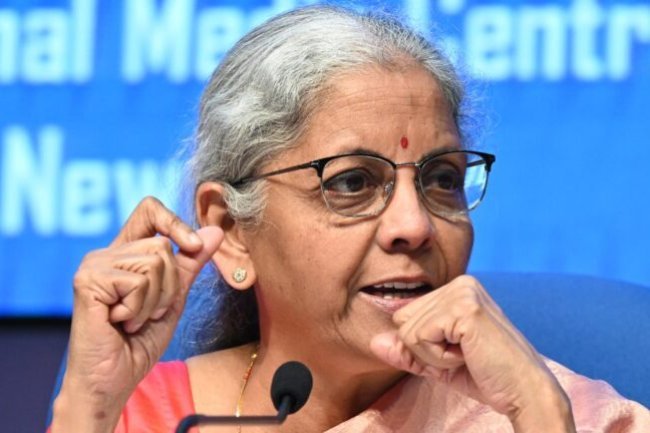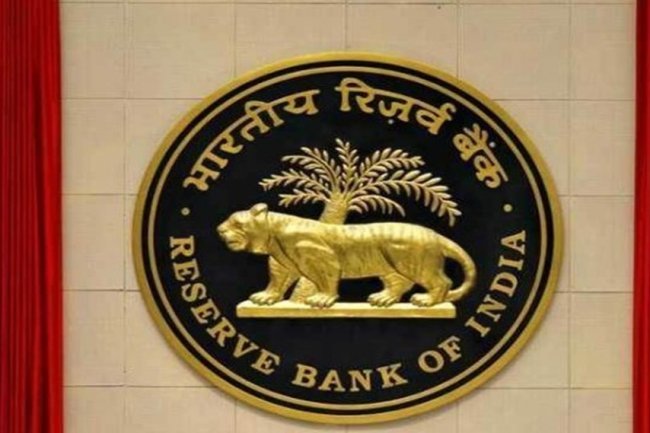Oil Drops 1% Amid Mixed Storage Data, Ahead of U.S. Fed Decision; Brent Crude Faces Resistance at $75

il Drops 1% Amid Mixed Storage Data, Ahead of U.S. Fed Decision; Brent Crude Faces Resistance at $75
Oil prices traded 1% lower as mixed U.S. storage data left investors uncertain ahead of the U.S. Federal Reserve's upcoming interest rate decision. Brent crude hovered around $73 per barrel, facing significant resistance at $75. Analysts suggest that volatility in oil markets is being driven by concerns over potential interest rate hikes, which could curb demand amid global economic uncertainty. The U.S. Energy Information Administration (EIA) report showed a mixed picture, with a modest decrease in crude inventories but an unexpected rise in gasoline and distillate stocks.
Meanwhile, the Indian government has launched a ₹79,156 crore scheme aimed at improving housing, health, education, and infrastructure. The program, with states contributing just under a third of the total outlay, is designed to enhance living standards in backward and rural areas. The scheme aims to bridge critical gaps in basic amenities, with a focus on creating sustainable infrastructure and boosting access to quality healthcare and educational facilities.
Government Extends Farmer Income Protection with ₹35,000 Crore Scheme
In addition, the Union Cabinet has approved the extension of the Pradhan Mantri Annadata Aay Sanrakshan Abhiyan (PM-AASHA) with a total outlay of ₹35,000 crore, aimed at protecting farmers' incomes and stabilizing essential commodity prices. The scheme, which will run through the 15th Finance Commission cycle until 2025-26, consolidates several price support measures, including the Price Support Scheme (PSS), Price Stabilization Fund (PSF), Price Deficit Payment Scheme (PDPS), and the Market Intervention Scheme (MIS).
As part of this initiative, the government will procure 25% of the national production of pulses, oilseeds, and copra at minimum support prices (MSP), while ensuring 100% procurement of key crops such as tur, urad, and masur. This effort is seen as a major step toward boosting farmer incomes, while ensuring a stable supply of essential commodities for consumers. The move also aligns with broader goals of food security and agricultural sustainability.
The integration of various support mechanisms under PM-AASHA is expected to simplify the process for farmers and enhance their ability to access fair market prices for their produce. The scheme comes as part of a broader government push to strengthen rural economies, promote agricultural productivity, and protect the livelihoods of India's farming communities.
Global Factors Impact Oil Markets
On the global front, oil markets remain sensitive to geopolitical developments, including production decisions by OPEC+ and potential disruptions in supply from major producers. The U.S. Federal Reserve's anticipated decision on interest rates could also play a critical role in determining the direction of crude prices in the near term. Higher interest rates typically strengthen the U.S. dollar, making oil more expensive for buyers using other currencies and potentially reducing demand. As the market braces for the Fed’s verdict, investors remain cautious, keeping a close eye on storage data and production trends.
The combined effects of global economic factors and domestic policies are likely to shape both oil prices and the agricultural sector in India in the months ahead, with government initiatives playing a crucial role in stabilizing critical markets.
Click Here to Visit
What's Your Reaction?
















